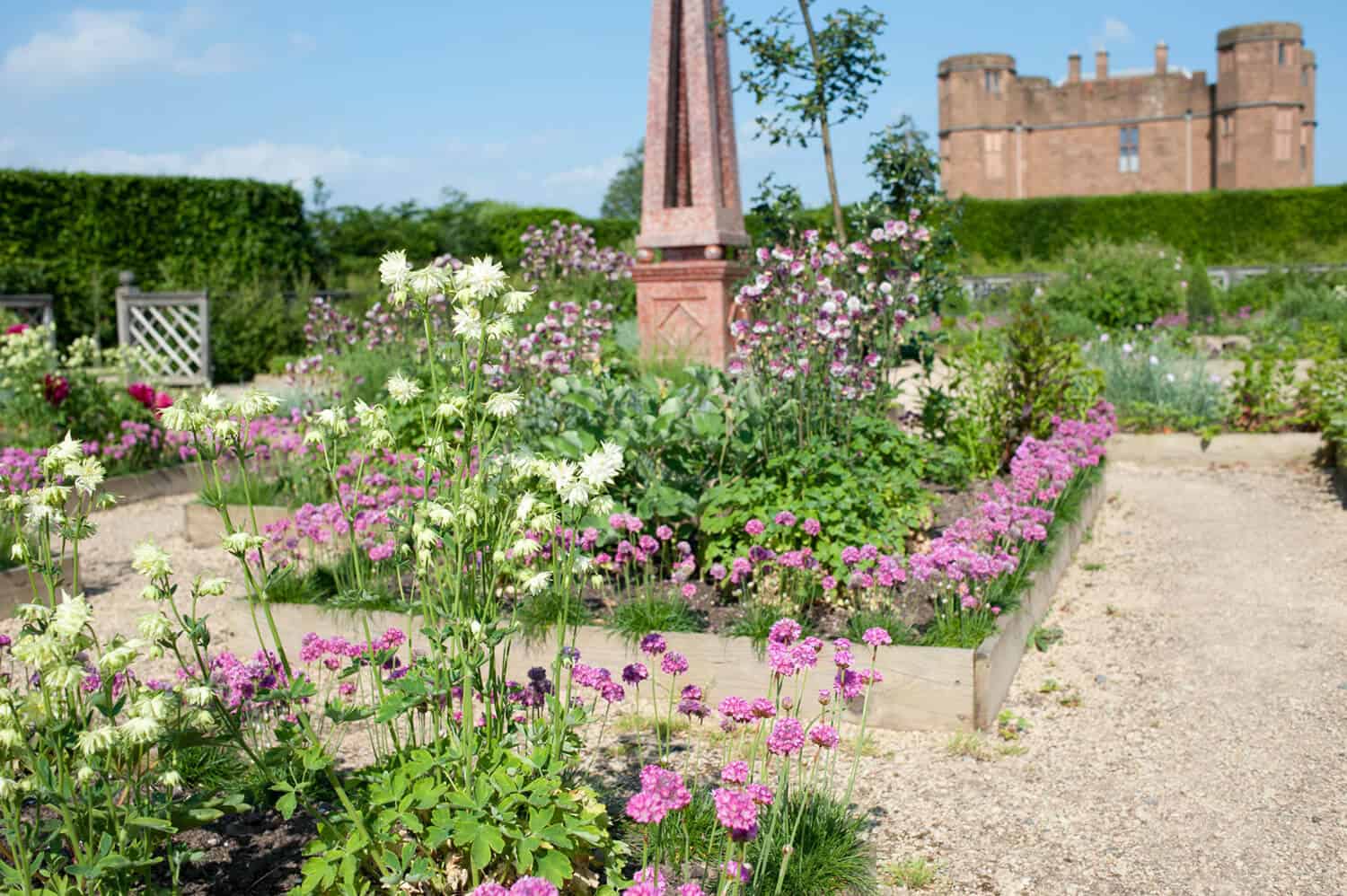
[et_pb_section bb_built="1" _builder_version="3.0.95" custom_margin="0px|||" custom_padding="0px|||"][et_pb_row _builder_version="3.0.95" custom_margin="0px|||" custom_padding="0px|||"][et_pb_column type="4_4"][et_pb_post_title _builder_version="3.0.95" title="on" meta="on" author="off" date="off" categories="off" comments="off" featured_image="on" featured_placement="background" text_color="dark" text_background="on" title_font="|||on|||||" title_font_size="45px" text_orientation="center" custom_padding="350px||0px|" title_text_color="#2765ae" custom_padding_phone="250px||0px|" custom_padding_last_edited="on|phone" title_font_size_tablet="35px" title_font_size_phone="30px" title_font_size_last_edited="on|tablet" saved_tabs="all" global_module="47486" /][et_pb_text admin_label="Standfirst" _builder_version="3.0.95" background_layout="light" text_font_size="21px"]
Group Travel World's Emma Parkes enjoys a history lesson with a twist at Kenilworth Castle
[/et_pb_text][et_pb_text admin_label="text" _builder_version="3.0.95" background_layout="light"]
Never let it be said that the Group Travel World team are afraid to battle the elements. Despite a brisk northerly, Harley Denham and I broke free of the office, destined for the wilds of Warwickshire for another successful GTW fam trip in the wind-swept grounds of Kenilworth Castle.
Towering over the town of Kenilworth, the castle is one of the great historical sites in the UK; a spectacular ruin where details, such as fireplaces and stain glass window frames, can still be seen from over 400 years ago. Its ever-changing uses as a building, as well as royal connections between the 12th to 18th centuries (it was a royal castle for much of its history and many of the buildings remain unaltered since the reign of Queen Elizabeth 1), are just as fascinating. In short, it's great place to visit.
All in the name of love
We stood among the sandstone walls of the medieval and early renaissance architecture with our knowledgeable and enthusiastic tour guide, Jan Cooper, as she explained the purpose of the castle and the origins of its unusually high design. As she explained, it was built originally to be a place of retreat for armies and not for living in, hence the lack of any doors or windows on the first floor.
The Earl of Leicester, Robert Dudley, was given the castle by Queen Elizabeth I as a gift to deter him from proposing to her (quite some rebuff). He converted it into a house, largely for her entertainment - so the two were obviously still keen on each other! - and it wasn't until years later, in the 1650s, that the castle fortifications were dismantled. Leicester's Gatehouse was converted into a residence, and its ivy-clad ruins eventually became famous as the setting for Sir Walter Scott's 1821 novel, Kenilworth, which romanticised the story of Robert and Elizabeth.
Standing in the heart of the castle we learned more of the 12th century great Mortimer's Tower, the base court and the inner court, as well as the state apartments. The stables are also in the grounds and have been wonderfully restored and converted into a fabulous tearoom and museum. The Elizabethan gardens, first created 400 years ago, have also been reinstated; the centrepiece being a fountain made from Italian marble, which stands in front of the pink aviary, which was the first of its kind in England.
Fancy following in our footsteps? There's easy access to a large car and coach park at this English Heritage property, as well as group discounts and free refreshments for coach drivers.
[/et_pb_text][/et_pb_column][/et_pb_row][/et_pb_section]